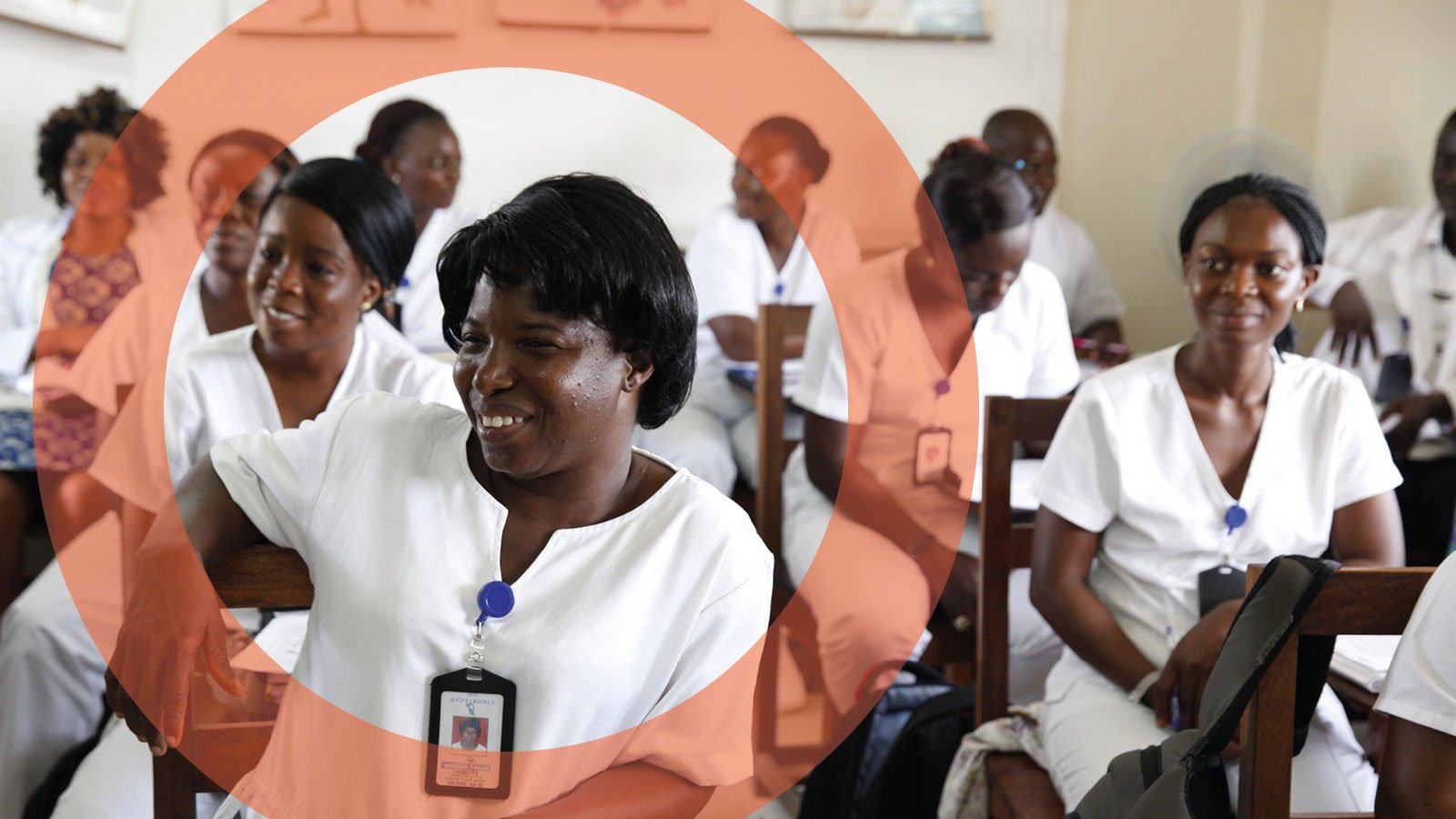
BLOGS
Setting the record straight: A stocktake of pre-arranged financing instruments
As the toolkit for pre-arranged financing expands, it is becoming increasingly challenging for governments to determine which instrument, or combination of instruments, best meets their needs. There is no single ‘best’ PAF instrument. This report offers an in-depth assessment of pre-arranged financing tools using seven key criteria for ensuring pre-arranged financing reduces the human and financial costs of disasters.
Rethinking premium support for climate protection
Our new insight paper explores the complexities of international premium support and identifies core challenges with current approaches to the allocation and design of premium subsidies. It underscores the pressing need for reform.
A Year in Review: Annual Report 2023-24
A Year in Review is the Centre’s first published annual report. It details our progress and the challenges we’ve encountered, and showcases our impact from July 2023 to June 2024.
Expanding the deck or just reshuffling? What the Crisis Preparedness and Response Toolkit could mean for IDA countries
Cristina Stefan, Lead Risk Finance Adviser, and Anna DeGrauw, Policy and Strategic Partnerships Officer, take a look at what the World Bank’s new Crisis Toolkit means for IDA countries, and what it could do to strengthen pre-arranged financing targets, crisis preparedness and partnerships.
Launching soon: The Counter Crisis podcast
In a new three-part podcast series, the Counter Crisis, experts discuss the state of pre-arranged financing for disasters, how we can prevent climate-related disasters from devastating the lives of the most vulnerable, and how to be ready for the next pandemic.
World leaders’ must-do list in 2024: Next steps to secure pandemic financing
After the compounding crises of the past few years, political leaders and publics are understandably keen to put pandemics in the rearview mirror and focus on other issues. Yet the evidence is blinking red that delaying action to improve pandemic prevention, preparedness, and response will only increase the risk of catastrophic losses ―in lives and economies―given a very high likelihood of another COVID-severe pandemic in our lifetime. This blog captures key points from our discussion and lays out an agenda for action on pandemic financing in 2024 for world leaders
Expertise in action: Meet Conor Meenan, Lead Risk Finance Advisor
Conor’s role at the Centre for Disaster Protection involves enhancing transparency, traceability, and consistency in disaster risk financing (DRF) deals. He is also our expert in the application of risk transfer tools like catastrophe bonds within the development landscape. Read more about how the earth sciences and geophysics specialist came to apply his expertise in disaster risk finance.
Measuring the crisis protection gap
The Centre recently published findings from a multi-year research exercise that set out to understand whether it is currently possible to quantify how much money should be pre-arranged to protect low income and vulnerable populations in response to future crises.
The state of pre-arranged financing for disasters 2023
Planning and preparing for shocks pays. Pre-arranged financing (PAF) for disasters has the potential to significantly increase the predictability, speed and effectiveness of responses to shocks, reducing the human and financial costs. We know little, however, about how much pre-arranged financing is required to protect crisis-vulnerable people against risk and how far we are from achieving adequate coverage, targeted to the right places, for those people most at risk.
Beyond parametric: Insuring the IFRC Disaster Response Emergency Fund
The launch of a new risk transfer instrument by the International Federation of the Red Cross and Red Crescent Societies (IFRC) marks an important milestone for risk transfer in humanitarian contexts. In this blog post our Lead Risk Advisers, Conor Meenan and Cristina Stefan, explain what makes the policy unique.
Reimagining risk transfer: Indemnity insurance for the DREF
For the past two years, the Centre for Disaster Protection Advisory team has worked with the International Federation of the Red Cross to explore an innovative financing project supporting the ambition to scale the Disaster Response Emergency Fund using risk transfer and the private insurance market.
Breaking the cycle: The role of Disaster Risk Finance in the fight against disaster inequality
Anna Svensson, Policy and Strategic Partnerships Officer, has spent her career working in the not-for-profit sector and multisectoral collaborations. On this International Day for Disaster Risk Reduction, she reflects on the Centre's evidence workstream and how tackling disaster inequality underpins our focus on impactful disaster risk finance.
Scalable solutions in pandemic and epidemic risk finance
Cristina Stefan is Lead Risk Finance Adviser at the Centre for Disaster Protection. Her journey into development and epidemic risk financing began nearly a decade ago. In this blog post, she highlights the need for pre-arranged financing, fit-for purpose instruments and the right incentives to facilitate timely and effective outbreak response, if the world is to be ready for the next pandemic.
The language of collaboration: Why disaster risk finance matters for the G20 – and why the G20 matters for disaster risk finance
In our latest insight, Anna DeGrauw explores the critical connection between disaster risk finance and disaster risk reduction within the UN frameworks, emphasising the pivotal role of the G20 in advancing this collaborative agenda given the significant challenges the member countries face. Pre-agreed language and the G20's convening power offer the potential for transformative change.
Global Shield: a key tile in the mosaic of funding for loss and damage?
This blog navigates the complexities surrounding the intricate landscape of funding arrangements aimed at addressing climate-related losses and damages, shedding light on the Global Shield's role as an essential piece in this broader mosaic.
Putting people first in disaster risk finance – the Centre's new accountability guidance
The Centre’s new guidance on accountability provides an accessible framework that applies core elements of accountability to the specificities of DRF instruments. Whether you are promoting, designing, delivering, evaluating or advocating for better DRF initiatives, this guidance is intended to support your work.
The future of Anticipatory Action: Four challenges to reaching scale and sustainability
The Centre for Disaster Protection recently concluded learning exercises on the Central Emergency Response Fund (CERF) Anticipatory Action (AA) pilots in Nepal and Bangladesh, as part of our process learning support to OCHA. The focus was on moving to greater scale and sustainability for AA in each country. Four key challenges arise from the studies, which are relevant for any anticipatory action actors considering the difficult issue of how to move beyond pilots.
From ‘no-go’ to ‘must have’: where next for premium support?
Contributions to help low-income countries pay for insurance premiums has become a ‘must have’ in the disaster risk finance toolbox. However, evidence is lacking on how to design premium subsidies that lead to sustainable protection. In our latest insight, we discuss country ownership, international responsibility and c a global ‘risk deal’ to upscale protection in climate-vulnerable countries.
The art of being an actuary: what my year with the Centre taught me about creativity and collaboration in disaster risk
“I thought my year-long secondment to the Centre for Disaster Protection would teach me a lot about the world of international development and disaster risk financing. However, it has also taught me a lot about myself.”
Staying ahead of the curve: applying a disaster risk finance lens to epidemic and pandemic risk
Timely finance can play a critical role in tackling epidemic outbreaks by outpacing the exponential rate at which infection can spread. Our new insight paper takes a closer look at disaster risk finance for pandemic and epidemic outbreaks.




















